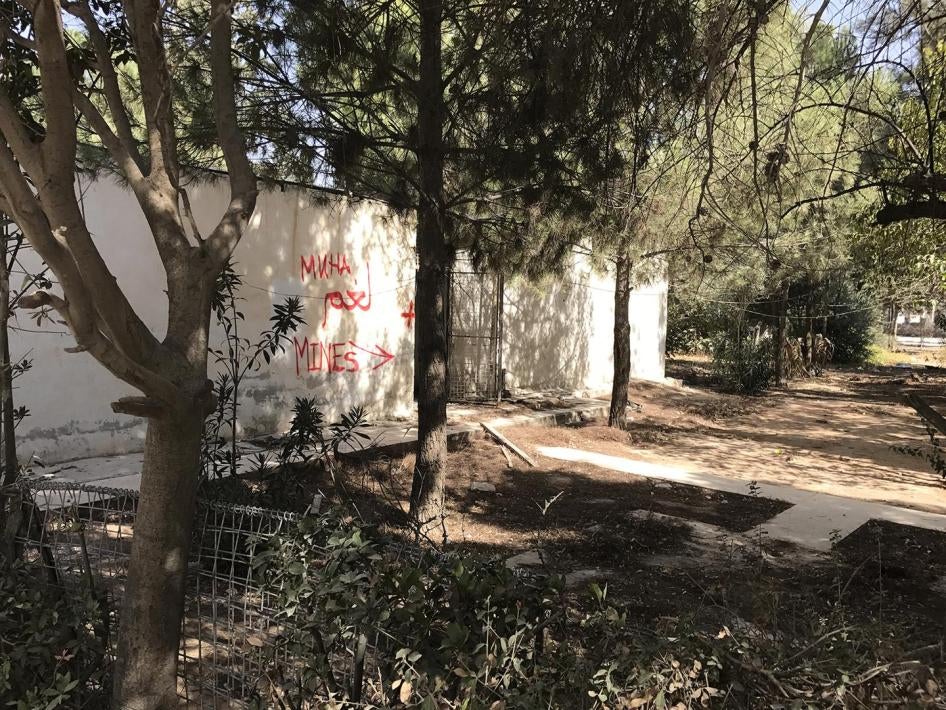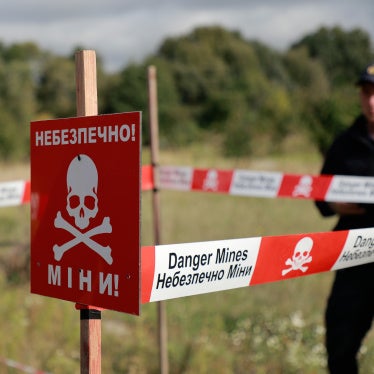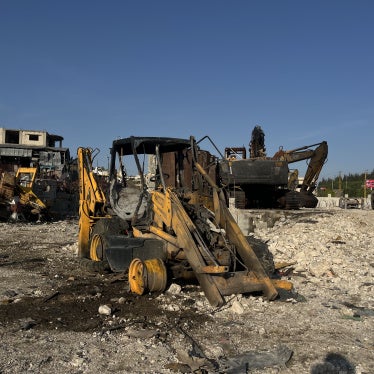Seventeen years later, the progress has been remarkable: Antipersonnel mines have been so stigmatized by the international community that almost all of the 35 countries still outside the treaty are complying with its key provisions. In the past few years, the only government forces to lay antipersonnel mines have been outlier states, such as Syria and Myanmar.
More than 52 million mines have been destroyed from states’ stockpiles, and tens of millions more from the arsenals of countries that have not joined the ban. Twenty-seven countries have declared their land to be free of mines following clearance efforts that have made thousands of square kilometres of contaminated land available for productive use. Humanitarian demining, also known as mine action, has become a highly developed field with strong international standards.
According to Landmine Monitor, approximately 6,430 people were killed or injured by landmines and explosive remnants of war in 2015. That number is too high, but still a significant reduction from the previous estimated toll of 26,000 casualties per year in the late 1990s. Under the Mine Ban Treaty, countries are giving great priority to helping victims.
Humanitarian disarmament continues to flourish
The 2008 Convention on Cluster Munitions closely followed the path carved out by the Mine Ban Treaty, and many aspects of humanitarian disarmament were evident in the development of the international protocol on child soldiers, Disability Rights Treaty, and International Criminal Court. Humanitarian disarmament rationale lies at the heart of a new U.N. resolution that in October attracted resounding support to negotiate a ban on nuclear weapons in 2017 out of concern for their catastrophic impact on people.
Much more can be done to uphold commitments aimed at ensuring the rights of mine victims, including medical and rehabilitation services for them, as well as their rights to education, employment and health care. The need is especially acute for mine survivors living in rural areas, who struggle to reap the same level of access to rehabilitative resources as those living in towns and cities.
The anti-mine movement is acutely aware that we cannot cross the finish line while having almost three dozen states still outside the Ottawa Treaty. In 2014, the United States announced a ban on its acquisition and production of antipersonnel mines, including their use outside of the Korean Peninsula. This reinforces the treaty as the solution to the landmine problem and shows how antipersonnel mines are no longer legitimate weapons.
Yet, over the past two decades, U.S. movement toward agreeing to the Mine Ban Treaty has been slow and the Obama administration appears to be leaving the final decision to the next U.S. president. President-elect Donald Trump should work to overcome the “Korea exception” to the prohibition of American use of antipersonnel mines. Doing so would allow him to send the Mine Ban Treaty to the Senate for its advice and consent on U.S. agreement. In the meantime, the United States ought to continue to participate as an observer in key meetings of the Mine Ban Treaty and get behind the annual U.N. General Assembly resolution expressing support for the treaty.
A mine-free world is not a pipe dream, but meeting the challenge will take renewed determination, resources, and strategic action. It can happen within the next decade if countries redouble their efforts not use antipersonnel mines, help destroy stocks, and clear mine-affected land. Any use of the weapons, including the use of improvised mines by armed groups must be thoroughly stigmatized and rebuked if the international community is to prevent new mine casualties and continue the aspirational progress achieved that’s been so painstakingly won.









